Many longtime Arizona residents say this state has five seasons – winter rains, a dry spring, extreme drought and heat in early summer, monsoon downpours in late summer, and a dry fall. This May in Prescott, in any case, we enjoyed near perfect weather all month long – sunny days with highs in the 70s to low 80s, with some little surprise rain showers every now and then that have kept things from getting unbearably dry. I’m making great progress on my farmer’s tan.
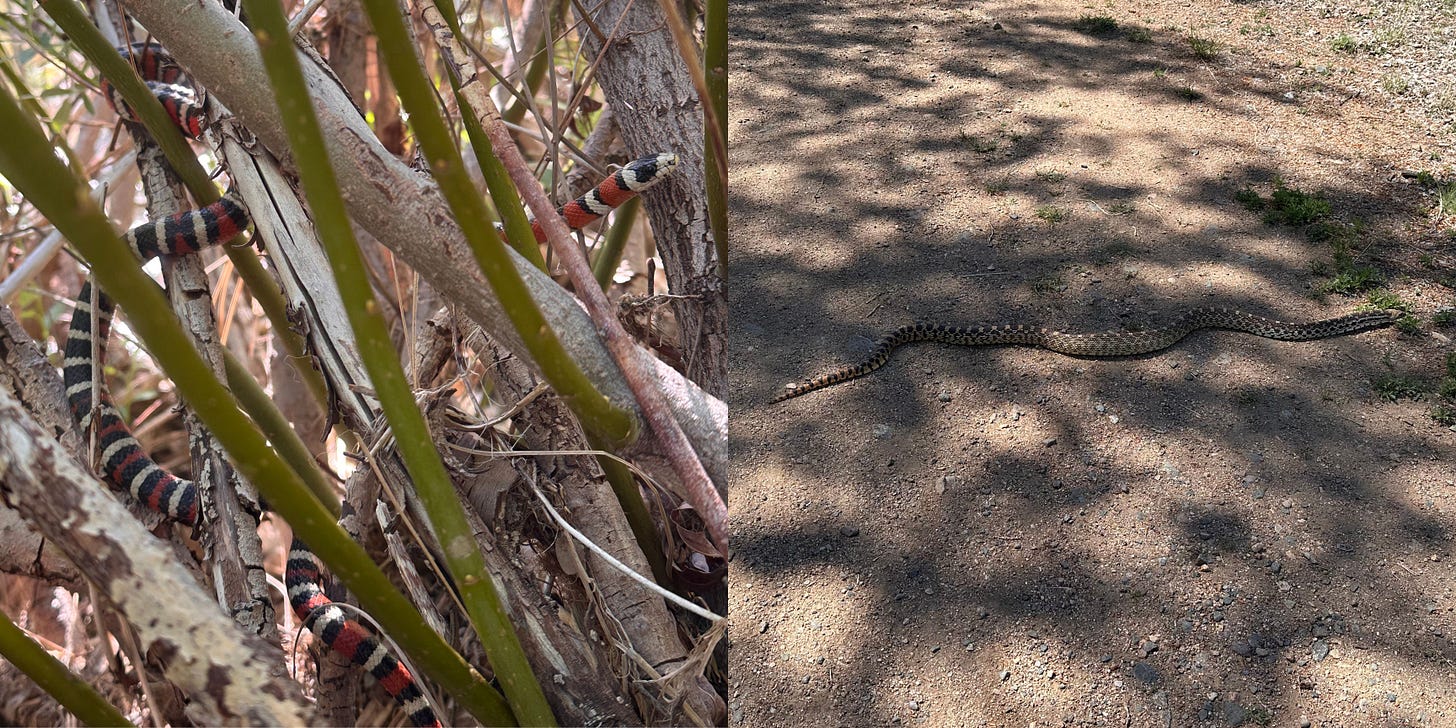
The consistent sunshine and heat has brought the reptiles back out in full force, and now that I care for my own reptilian companion, I look on them more fondly than ever before. On hikes this month I had some exciting encounters with harmless, beautiful snakes – gophersnakes, gartersnakes, an Arizona Mountain kingsnake, and a California kingsnake. Every day as I walk into work, ornate tree lizards and spiny lizards zip across the sidewalk in front of my feet, their speed the only thing alerting me to their presence. My absolute favorite lizard species, the adorably stout Greater short-horned lizard, has begun to appear everywhere again, its round reddish body blending in well with the iron-rich landscape.
At home in the garden, which is entirely my retired housemate’s doing, we have snapdragons and pansies and sage flowers blooming in every shade. Mother’s Day is the safe bet for last frost in Prescott, so the young tomato and pepper plants are finally in the ground. Our bird feeders are constantly covered with finches, hummingbirds, towhees, and chipmunks. The farmer’s market is bountiful with radishes, turnips, kale, spinach, and arugula. All the wondrous ecological activity of the summer months make the impending heat wave a bit more bearable.
I saw, among others, two particularly exciting life birds while camping in Flagstaff this weekend. The Steller’s Jay, while sometimes seen in Prescott, is far more abundant in Flagstaff, a few thousand feet higher in elevation. This stunningly beautiful blue jay has a crested black head, a charcoal gray back, and an electric blue belly, wings, and tail feathers. I got to closely observe a couple drinking from a spring at the Flagstaff Arboretum and watch another catch and eat a caterpillar down in Sandy’s Canyon. From where we camped near Upper Lake Mary, there was an osprey that regularly perched on a pine snag literally in view of our campsite. Ospreys are large fish-eating birds of prey, and the first one I saw was flying with a fresh catch flailing in its talons.
My favorite life birds I encountered in Prescott this May were the Vermillion Flycatcher and the Common Loon – the vermillion flycatcher because the male is so stunningly vibrant and charismatic, and the Common Loon because, despite their epithet, they are very uncommon this far inland. I saw the Common Loon on Lynx Lake and according to eBird, a loon had not been recorded there in over a decade. I felt like a bit of a birding genius for this small, happenstance victory.
Now that we’ve covered the birds, let’s get onto the books.
In Ascension (2023) by Martin MacInnes
This was hands-down the best novel I have read so far this year, so good I bought my own copy of the book after I finished it, which I haven’t done with any book since Braiding Sweetgrass. It’s been compared to another contemporary sci-fi masterpiece that I love, Annihilation by Jeff Vandermeer, and it deserves this very high praise.
In Ascension follows one woman who is swept up in the greatest and most mysterious technological advancement in human history, which takes her from deep sea to deep space exploration. Our protagonist Leigh has long found refuge from her upbringing with a physically abusive father and an emotionally detached mother by exploring the beaches of Rotterdam, her Dutch hometown where flooding and rising sea levels are constant threats. She chooses to pursue a career as a marine biologist, specifically to study how all life originated in Earth’s oceans. While she’s completing her degrees, space scientists announce that an unprecedented, largely unexplainable breakthrough has been made in space travel technology. It will make long-term voyages possible, allowing humanity to explore not only the solar system, but even beyond it well within our lifetimes.
Leigh, still committed to uncovering the mysteries of the seas and the origins of life, takes part in a life-changing research trip with a team tasked with testing a new deep-sea probe. They attempt to investigate a newly discovered area in the Caribbean that early measurements indicate is far deeper than the Marianas trench. Surely the measurements can’t be right…
Several years after this trip and its ambiguous results, several years into the slog of searching for a stable academic post, Leigh gets a job offer from an American space exploration company. They will give her a generous salary and virtually unlimited research funds to further her work on algal cultivation, a new technology which will potentially be a valuable asset on long-term, deep space expeditions.
Despite the epic scale of its plot and the profundity of its ideas, this book never sacrifices depth of analysis into human character. The relationships between Leigh and her sister, and between Leigh and her mother as her dementia progresses, are richly developed, their dynamics seamlessly interwoven with the scientific narrative unfolding in the story. There is a brilliant, ongoing thematic resonance between Leigh’s obsession with the origins of life and with her own origins as a child in an abusive household, with unresolved resentment and trauma forever shaping her.
Some critics say this book’s ending was a letdown – I question whether those people really understand what happened in the end of this book or appreciate its thematic resonances. I thought the ending was an ingenious surprise. I’m dumbfounded as to how this book only made the Longlist for the Booker Prize in 2023, while the grand prize went to the utterly mediocre, derivative turd of a novel Prophet Song by Paul Lynch (of which I admittedly only read the first 70 pages). I’m really exciting to read McInnes’ other two earlier novels, both of which are also ambitious and experimental works of sci-fi.
Kingdom of Play: What Ball-Bouncing Octopuses, Belly-Flopping Monkeys, and Mud-Sliding Elephants Reveal About Life Itself (2023) by David Toomey
This book was a delightful romp through many historical and contemporary theories about what different forms of play exist in the animal kingdom and what evolutionary purpose play serves, something that has been criminally under-researched by ethologists (scientists who study animal behavior). Along the way, Toomey puts forth his own fascinating thesis that play shares many features with natural selection – both are provisional, open-ended, and ultimately purposeless; both produce many useless outcomes and occasionally outcomes that are vitally important and hugely beneficial; and both involve a dynamic equilibrium between competition and cooperation between individuals, among other similarities.
Among many different studies of animal play, Toomey discusses a long-term observation of meerkats which produced evidence against the idea that play is training for adult life, increasing fitness by honing skills. Researchers found that meerkats who frequently engaged in play fighting were no more or less likely to engage in fights as adults; similarly, winning many play fights in youth did not correlate with winning many real fights in adulthood for meerkats. However, studies of play-fighting in certain species of rats attests to a sophisticated structure of rules and protocols in play-fighting whose acquisition is essential for proper socialization. If young rats are denied opportunities to play-fight, they actually become more aggressive adults because they can’t tell the difference between play attacks and real attacks from other rats. Even their ability to mate is largely compromised.
Still, many forms of play explored in this book seem to serve other functions, or no function at all. Elephants slide down muddy hills, risking injury, for no other conceivable reason than the sheer joy of movement, which we all know from slides and sledding. Young pigs purposefully trip so they can somersault to regain their balance — there is a delight in losing control so we can regain it, to handicapping ourselves to see how we manage. It makes me think of how I used to close my eyes and pretend to be blind and make my younger sister lead me around every time we went to Lowe’s, to the delight of my parents I’m sure. Many octopuses, when given a ball, won’t just stop investigating when they have figured it outs neither food nor a predator — they move into play by figuring out what they can do with the ball, making a game out of propelling it upwards with the water they can jet through their beak and watching it fall back down, like a game of keeping the balloon off the ground.
As I discussed in The Play of Natural History, I’m partial to David Graeber’s speculation that play, rather than work, is the essential expression of what it means to be alive, what life itself means. I think this book presents a body of evidence for this idea, that play is how we take natural selection, the engine of life, into our own hands – rather than waiting for random genetic mutations to benefit them, many creatures innovate new behaviors through play, which are then taught to others in their group and passed down to their offspring, and if they create creatures more adept at surviving, these behaviors endure. Toomey’s studies speak to the idea that the goal of play, even when competitive, is not to win as much as it is to ensure that the play continues. Just as the goal of natural selection is not to reach some final state of perfection, but to ensure that life simply continues.
This is the most insane and fascinating biography I’ve ever read, seriously. I know I can seem overly effusive in my expressions of wonder at every book I read, but I swear it’s because I have amazing taste.
This book tells the story of Phoebe Snetsinger, one of the most famous birders of all time, who in 1995 became the first person to ever see more than 8,000 of the world’s roughly 10,000 bird species. Phoebe studied chemistry in college, but once she got married days after graduation, she did what was expected of her in the 1950s and stayed home to raise her four children, while her husband worked as a research scientist at Purina. Phoebe fell in love with birding as a lonely middle-aged mother living in St. Louis, and it provided her brief bouts of escape from the responsibilities of family life, one pursuit that could be hers and hers alone.
But at age 49, Phoebe was diagnosed with malignant melanoma and multiple doctors told her she would most likely be dead in less than a year. Birding was still able to bring her joy despite this devastating news, so she decided that instead of sitting at home and waiting to die, she would travel the world in search of exotic birds as long as she was able. She did birding tours in the Amazon, the Galapagos, the Himalayas, Madagascar, Australia. Her life list grew to 3,000, 4,000, 5,000 birds as she lived another year, then five years, then 10 years. Her health showed no signs of deteriorating, yet she never stopped birding with the urgency of a dying woman. She became renowned in the birding community for the extraordinary depth of research she conducted before each trip, that would enable her to identify every bird in a country she’d never been to with as much facility and accuracy as the guides who regularly led the tours.
Once she had seen all the common birds on every continent and her bird list surpassed a staggering 6,000, Phoebe went on increasingly insane journeys to keep finding new birds, in primitive areas of countries with tense political situations where Americans were advised not to travel unless essential. She let her marriage crumble, missed her mother’s funeral and her daughter’s wedding, all to see rare birds on adventures that get her caught up in tribal wars, kidnapped and sexually assaulted, and trapped on the side of mountains with broken bones. If cancer wasn’t going to kill her, her travels certainly would. And eventually, they did.
This book is a thoroughly researched, riveting tale of a life-affirming passion turned morbid obsession. It raises brilliant questions about what we owe to our loved ones and to ourselves when facing our mortality. Phoebe is such a complicated character, who was capable of astounding generosity and breathtaking egotism alike. Obviously, I found her story particularly interesting now that I’ve caught the birding bug, but even my boyfriend who doesn’t have any particular penchant for birds at all was utterly engrossed in this story when I read some chapters aloud to him on a camping trip.
Thank you for keeping an eye on things with me. Leave a comment about a favorite book you read or a favorite bird you saw this month, and it will really brighten my day.
Keep cool as June unfolds and savor every detail. Until next time.


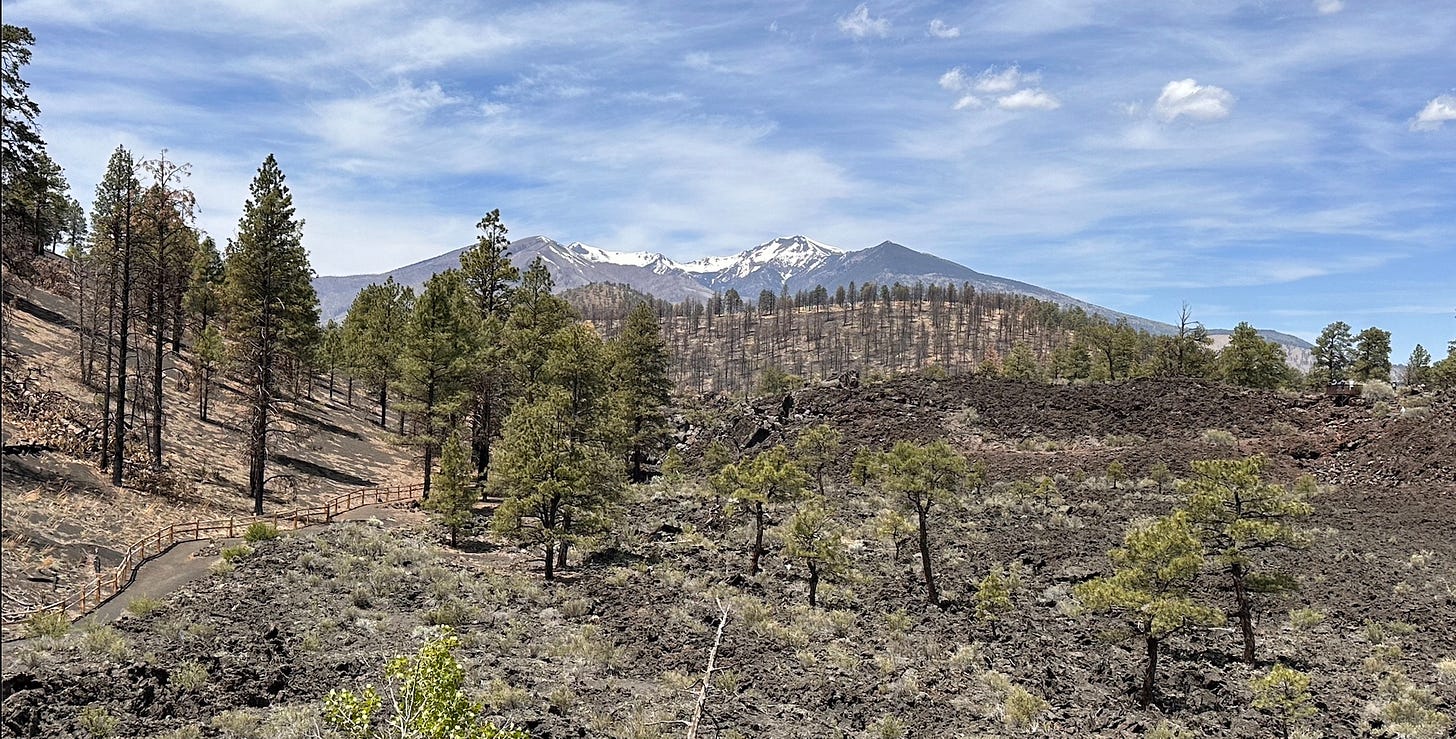

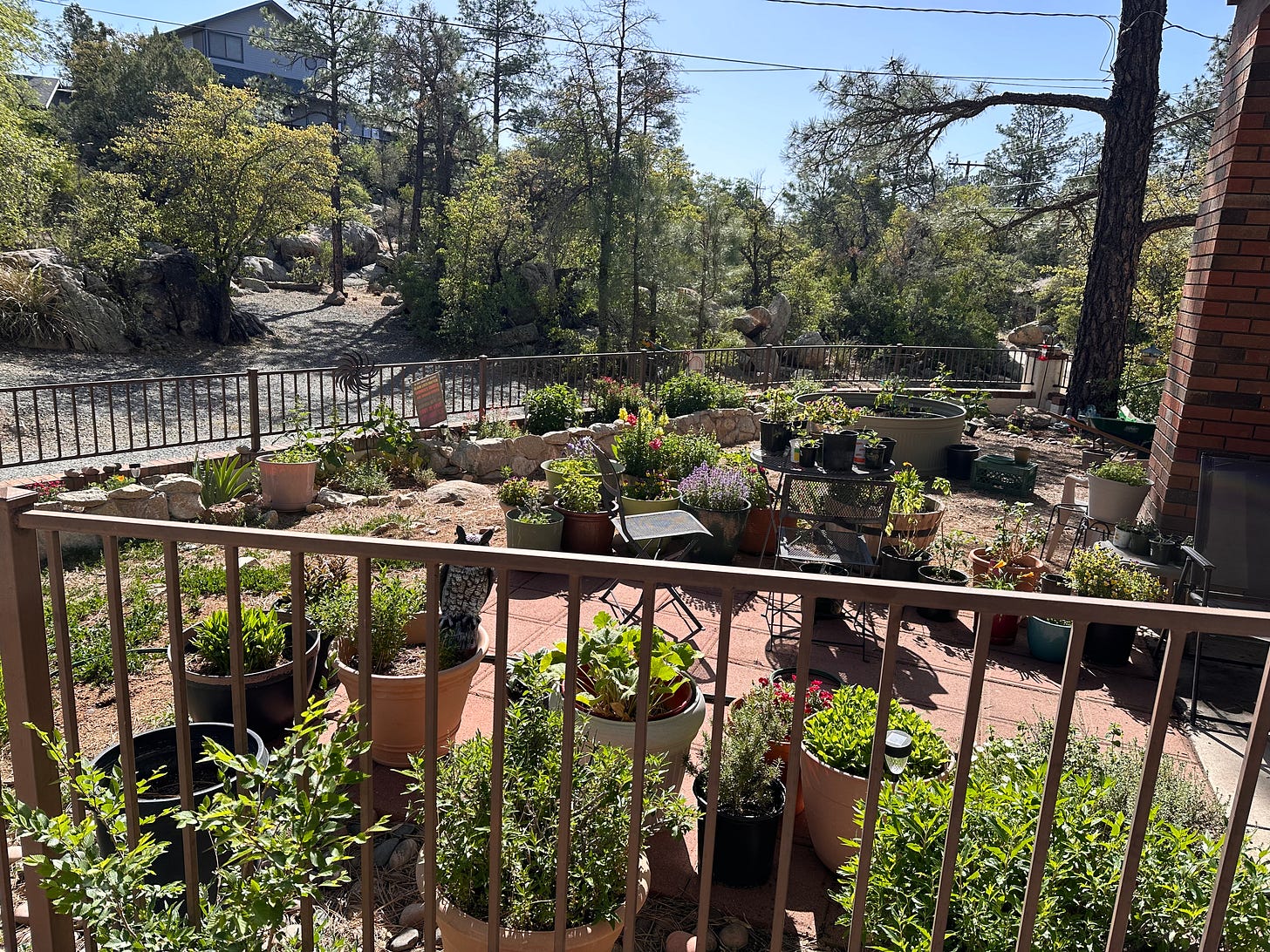
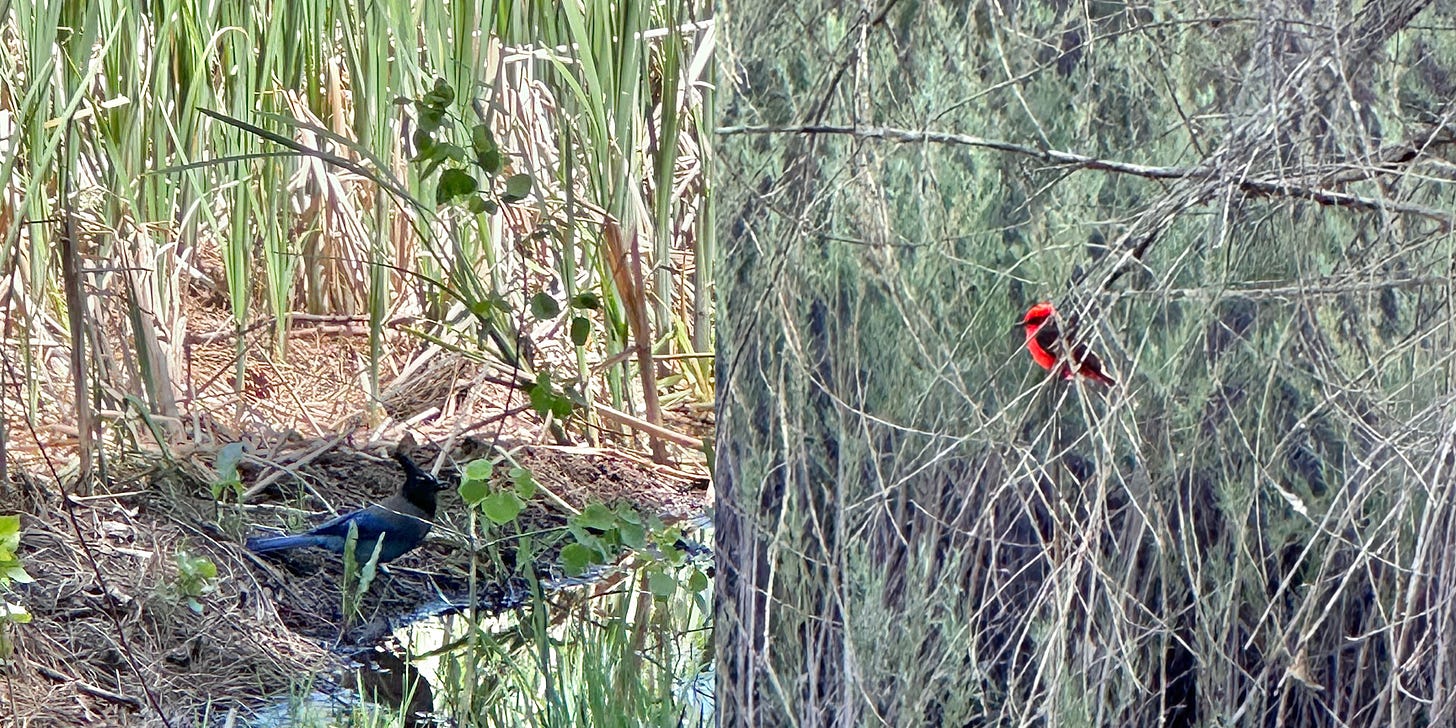
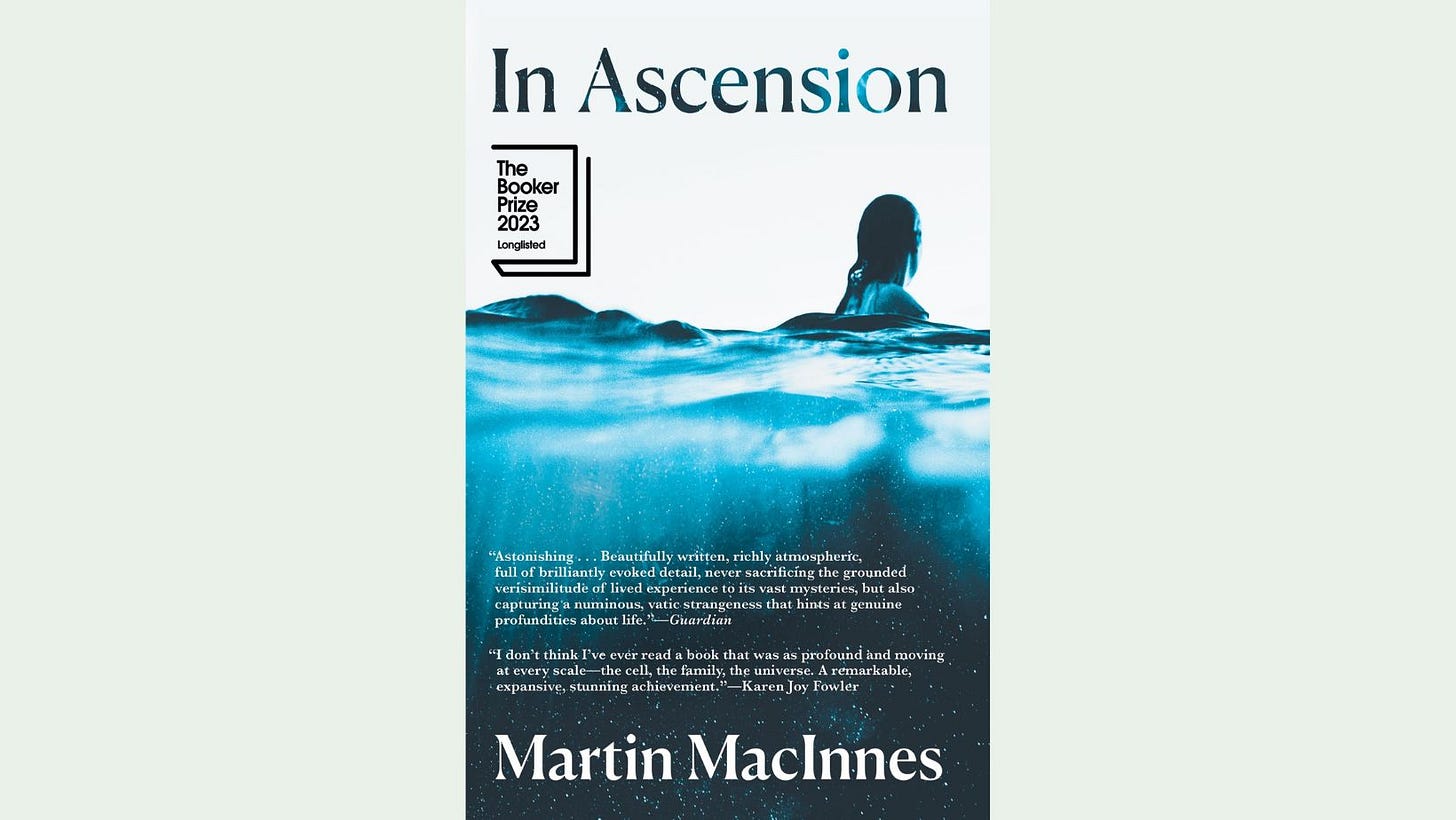
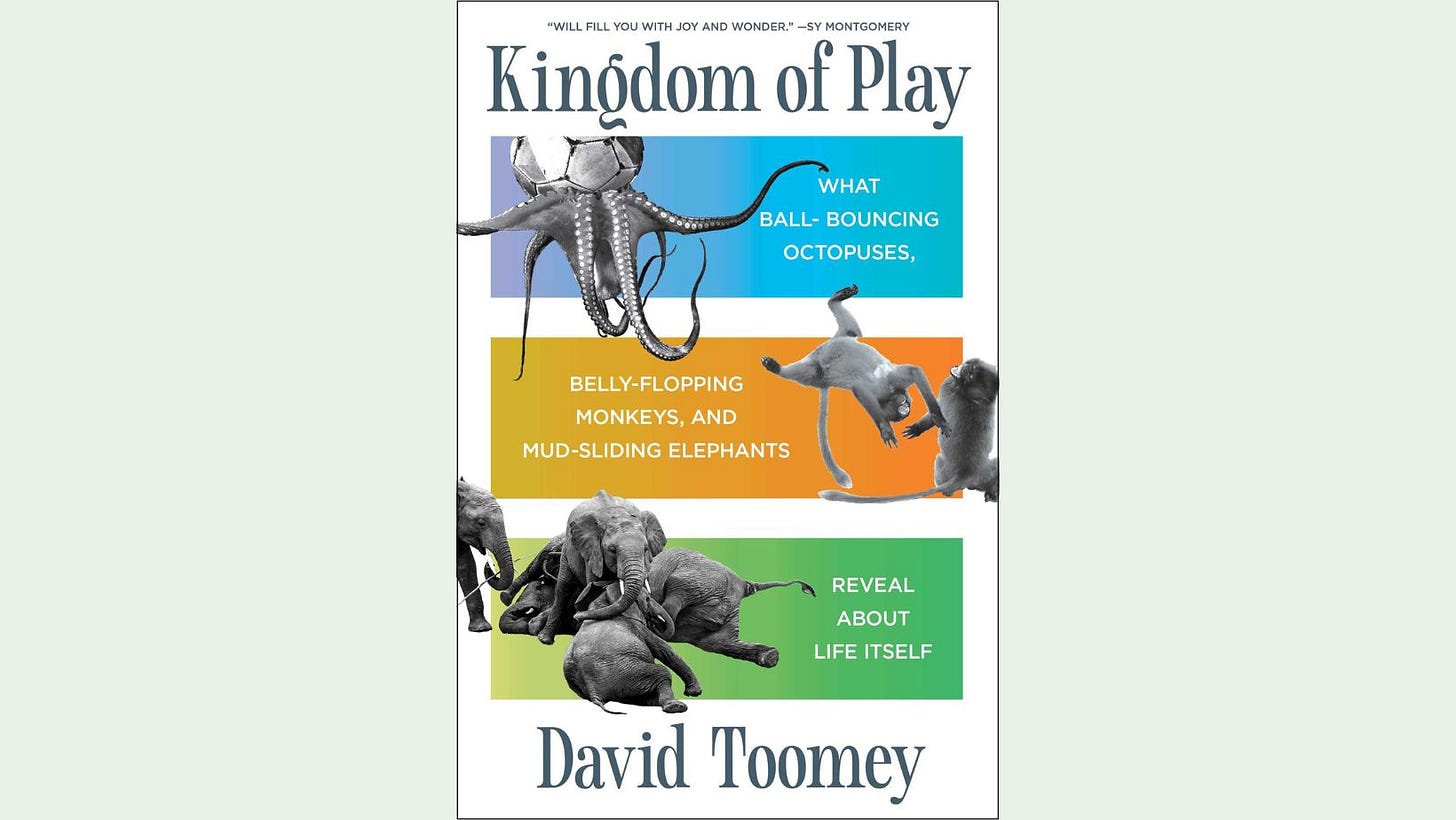
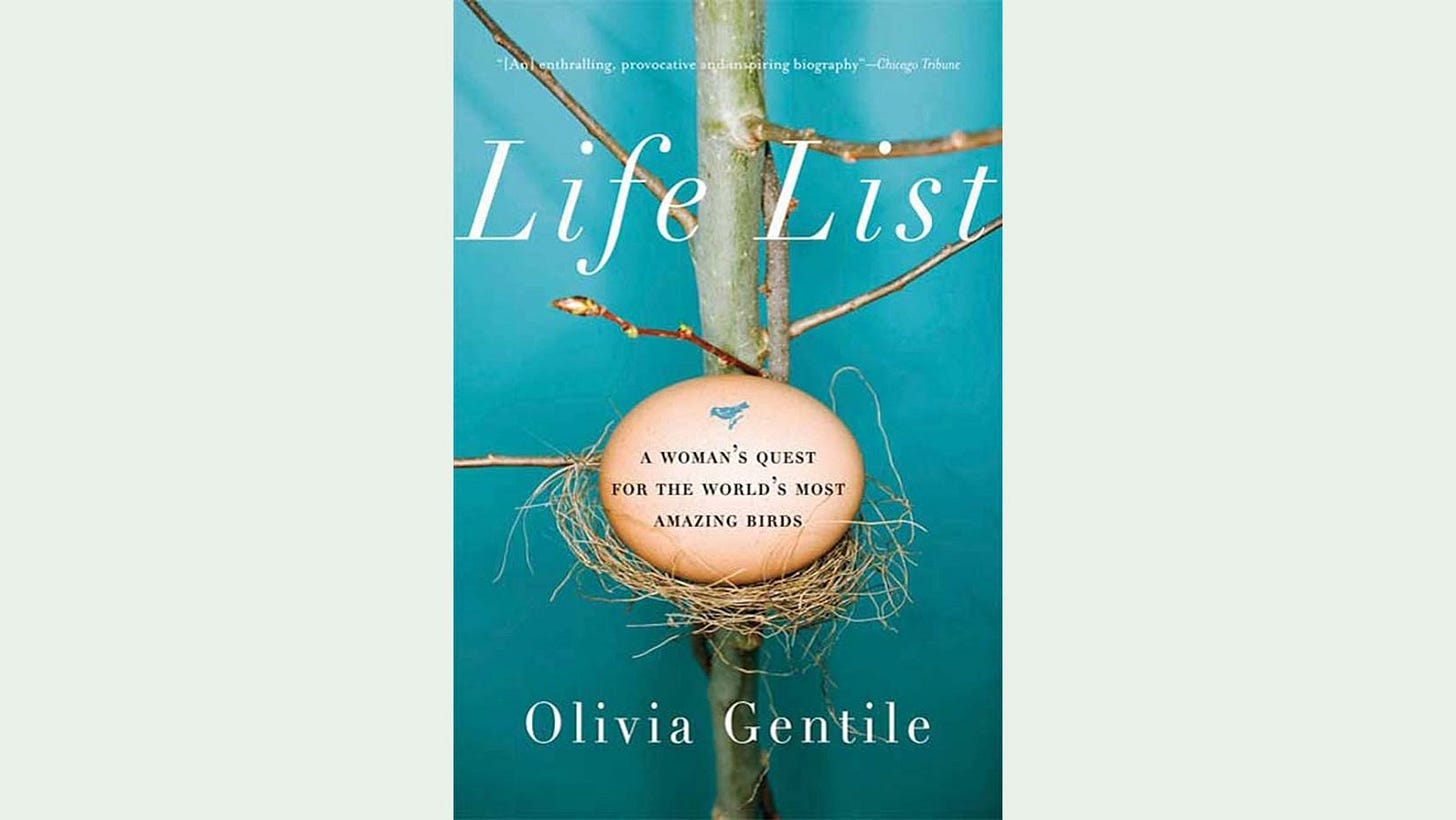
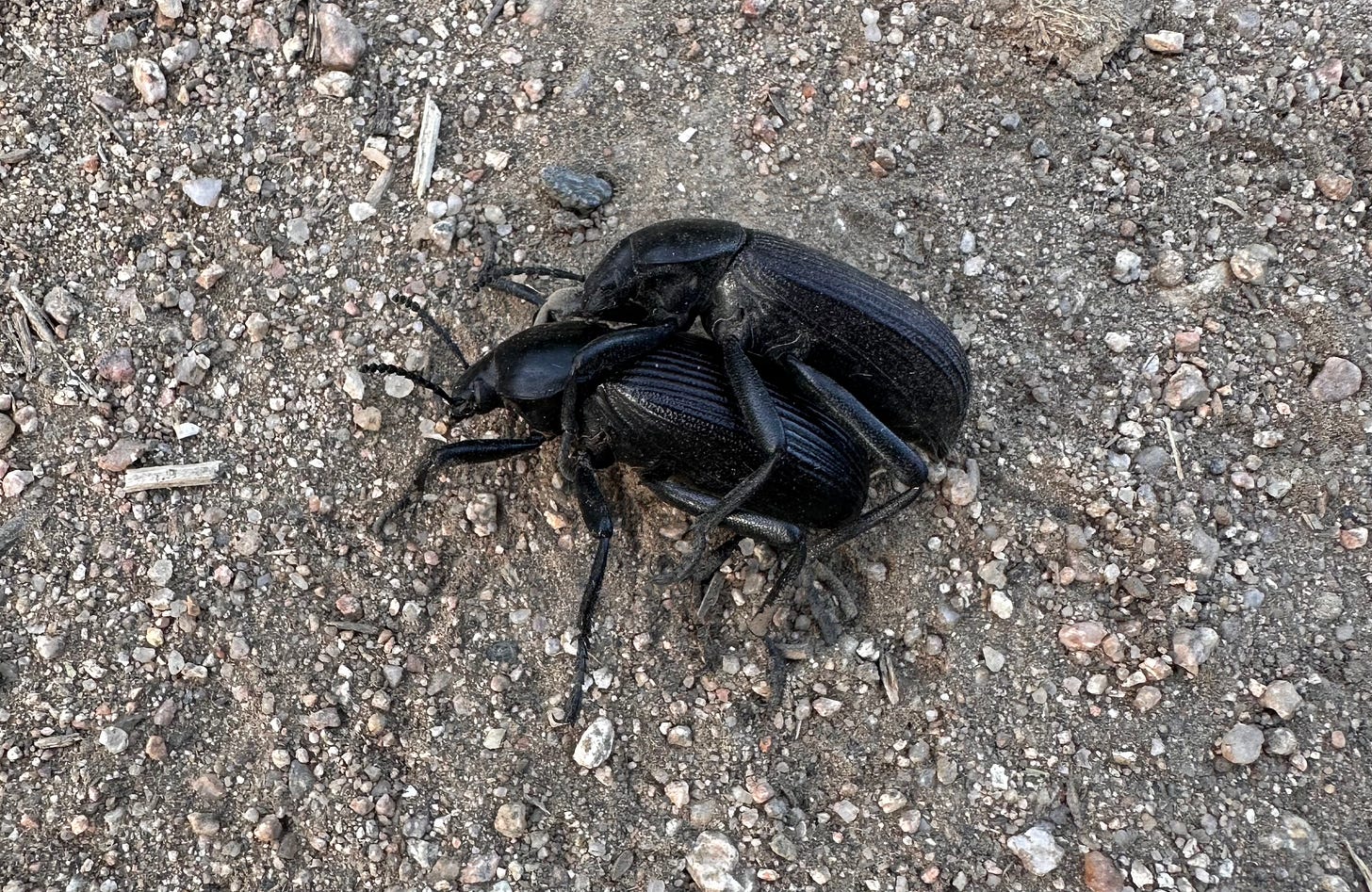
We live in a heavily populated suburban area. Imagine my husbands surprise when he saw a very large, wild turkey in our neighbors yard! Yes, Illinois has wild turkey near the woods and river in our town - but never had seen one in this residential area. He did take pictures as proof. Not sure where the bird went and they're not known for being great flyers. Gotta love nature.
You've given me lots to think about in this post -- a new goal of seeing one of those adorable chunky lizards!